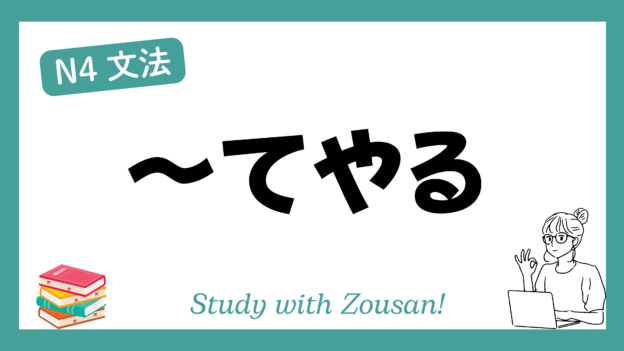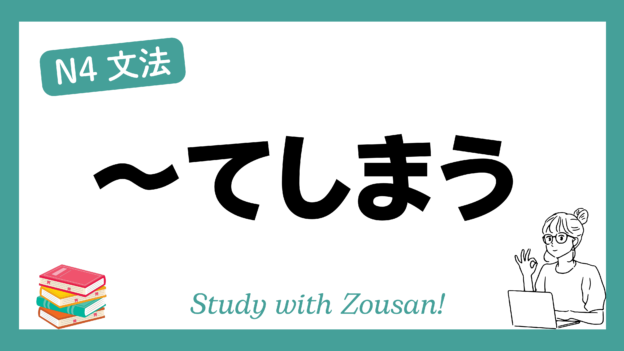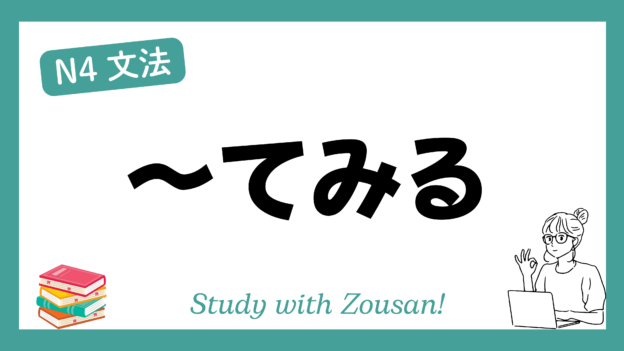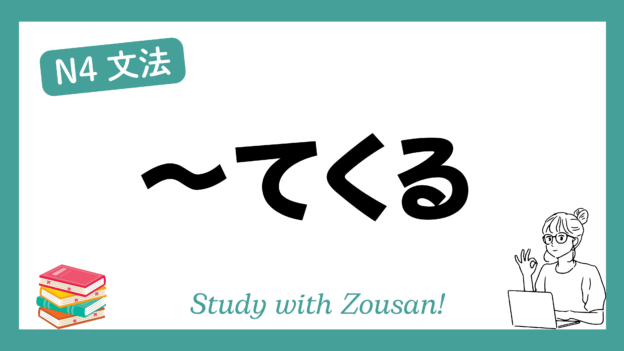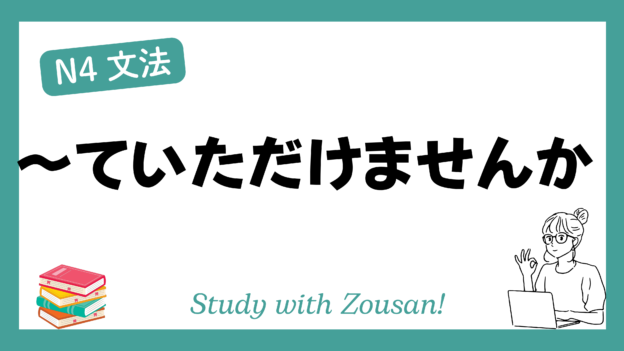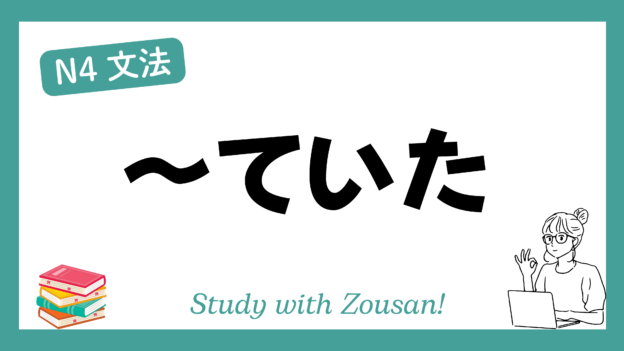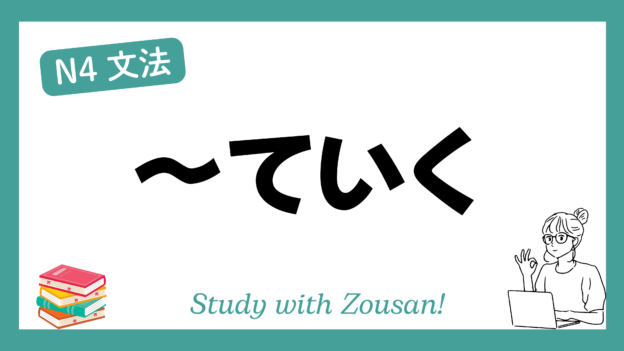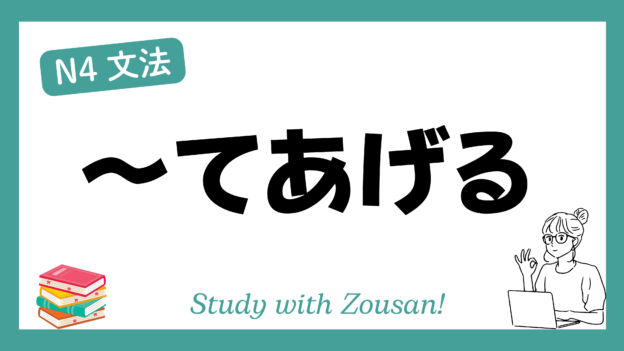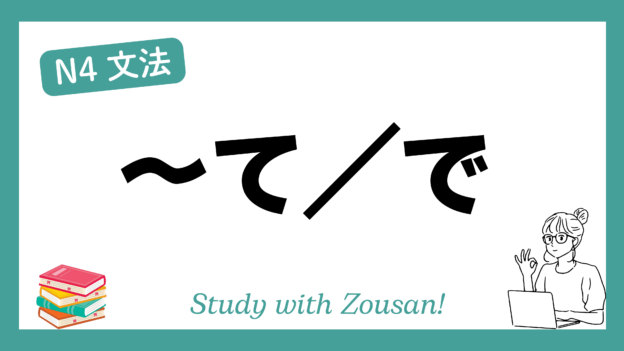Meaning: “Do something for someone” (used for those lower in status or animals)
~てやる is used when the speaker does something for someone of a lower status, such as a child, an animal, or someone they feel close to. This expression conveys a sense of helping but is not as polite as ~てあげる, and it carries a tone that is more familiar or even assertive.
※Note:
・~てやる is often used when talking about helping someone within a close relationship, or to express determination in a certain situation.
・Avoid using ~てやる in formal contexts or with people of higher status.
Structure:
| Verb (て form) + やる/やらない |
Example:
-
-
-
🌟 犬に餌をあげてやった。
(いぬ に えさ を あげて やった)
I fed the dog. -
🌟 弟の宿題を手伝ってやった。
(おとうと の しゅくだい を てつだって やった)
I helped my younger brother with his homework. -
🌟 庭の花に水をやった。
(にわ の はな に みず を やった)
I watered the flowers in the garden. -
🌟 子供におもちゃを買ってやる。
(こども に おもちゃ を かって やる)
I’ll buy a toy for the child. -
🌟 猫に新しいベッドを作ってやった。
(ねこ に あたらしい ベッド を つくって やった)
I made a new bed for the cat. -
🌟 彼に自転車を修理してやった。
(かれ に じてんしゃ を しゅうり して やった)
I fixed his bicycle for him. -
🌟 妹にお菓子を分けてやった。
(いもうと に おかし を わけて やった)
I shared the sweets with my younger sister. -
🌟 鳥にパンくずをやる。
(とり に パンくず を やる)
I’ll give bread crumbs to the birds. -
🌟 彼に電話をかけてやった。
(かれ に でんわ を かけて やった)
I made a phone call for him. -
🌟 子犬を散歩に連れて行ってやった。
(こいぬ を さんぽ に つれて いって やった)
I took the puppy for a walk.
-
-


